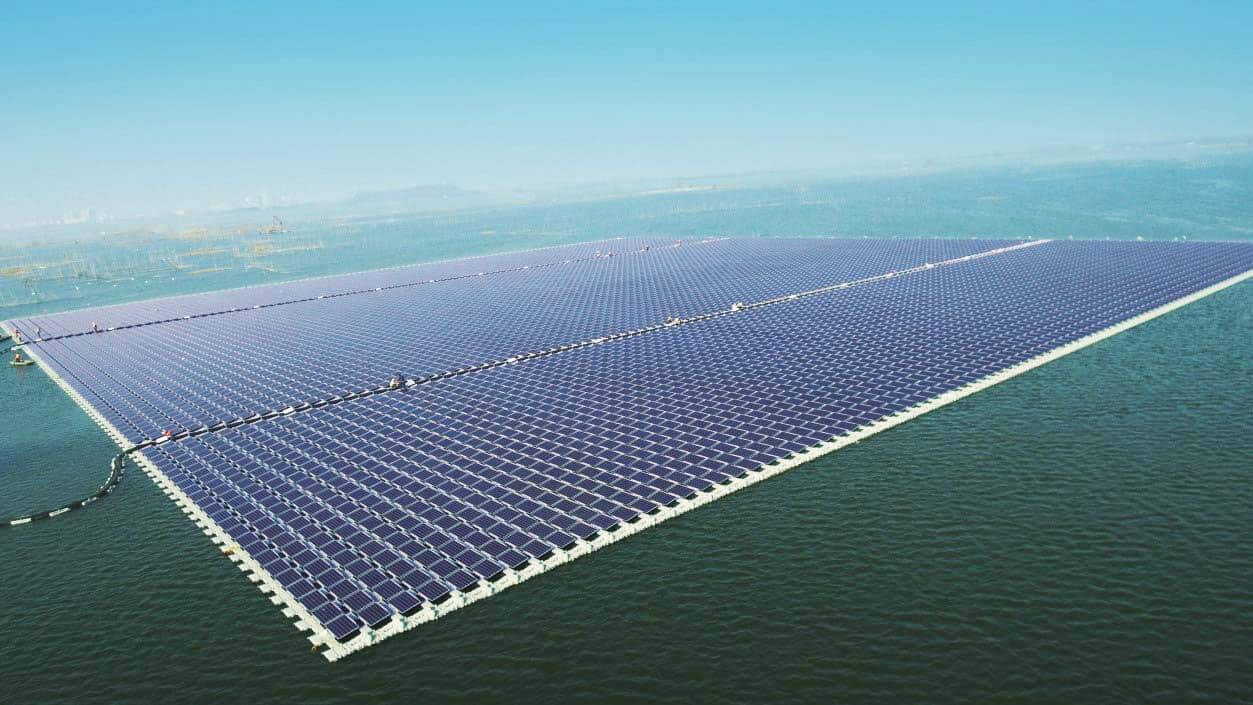The Future of Solar Energy: Trends and Innovations to Watch
Solar energy has emerged as one of the most promising and rapidly growing renewable energy sources in recent years. As the world shifts towards a more sustainable future, solar energy is playing a significant role in reducing carbon emissions and meeting the growing energy demands. In this blog post, we will explore some of the key trends and innovations that are shaping the future of solar energy.
Trend #1: Increased Efficiency with Advanced Photovoltaic Technologies
Solar photovoltaic (PV) technology has come a long way, and advancements in this field continue to improve the efficiency of solar panels. Traditional silicon-based solar cells have been the industry standard, but emerging technologies like multi-junction solar cells, perovskite solar cells, and tandem solar cells are showing promise in achieving higher energy conversion efficiencies. These innovations have the potential to make solar energy more cost-effective and accessible to a wider range of consumers. If you’re thinking of switching to solar, check out our blog to know the top 10 things to consider for this move.
Trend #2: Energy Storage Solutions for Round-the-Clock Power
One of the biggest challenges of solar energy has been its intermittent nature due to the reliance on sunlight. However, energy storage technologies, such as lithium-ion batteries, are rapidly advancing to provide effective solutions. Battery storage systems allow excess solar energy to be stored and used during non-sunlight hours, ensuring a continuous power supply. With further advancements and declining costs, energy storage solutions will revolutionize the solar industry by enabling a reliable and independent power grid.
Trend #3: Integration of Internet of Things (IoT) and Artificial Intelligence (AI)
The integration of IoT and AI in solar energy systems is another exciting trend to watch. IoT-enabled devices can optimize energy generation and consumption by providing real-time data on solar panel performance, weather conditions, and energy usage patterns. AI algorithms analyze this data to optimize the operation and maintenance of solar installations, improving overall efficiency and reducing maintenance costs. Smart solar energy systems can also seamlessly integrate with smart homes, electric vehicle charging infrastructure, and grid management systems, leading to a more interconnected and efficient energy ecosystem.
Trend #4: Building-Integrated Photovoltaics (BIPV)
Building-integrated photovoltaics (BIPV) is a concept that merges solar panels with building materials, enabling solar energy generation in a visually appealing and seamless manner. BIPV products include solar roof tiles, solar windows, and solar facades, among others. As the construction industry embraces sustainable practices, BIPV solutions are gaining popularity as they combine functionality and aesthetics. These innovations open up new avenues for solar energy adoption in urban areas where rooftop space may be limited.
Trend #5: Floating Solar Farms
With land scarcity being a challenge in many regions, the concept of floating solar farms has gained attention. Floating solar panels installed on water bodies, such as reservoirs, can generate clean energy while minimizing land use. This approach has several advantages, including reduced evaporation of water, increased solar panel efficiency due to the cooling effect, and the potential for dual land and water use. Floating solar farms have gained traction globally and are expected to become a significant part of the solar energy landscape in the future.
Trend #6: Electrification of Transportation
The rise of electric vehicles (EVs) presents a unique opportunity for solar energy integration. Solar-powered EV charging stations are becoming more prevalent, allowing EV owners to charge their vehicles using clean energy. Additionally, vehicle-to-grid (V2G) technology enables EV batteries to store excess solar energy and feed it back to the grid during peak demand periods, providing a valuable resource for grid stability. The combination of solar energy and EVs creates a symbiotic relationship that reduces carbon emissions and promotes energy independence.
Trend #7: Decentralized Energy Generation and Microgrids
The future of solar energy lies in decentralized energy generation and the establishment of microgrids. Instead of relying solely on large-scale solar power plants, solar energy is increasingly being generated at a local level, closer to the point of consumption. This shift towards decentralized energy generation allows for greater energy independence and resilience, as well as reducing transmission losses.
Microgrids, which are localized grids that can operate independently or in conjunction with the main power grid, play a crucial role in this decentralized energy landscape. Solar energy, along with other renewable sources, can be seamlessly integrated into microgrid systems, providing reliable and clean power to communities, campuses, and even remote areas.
Trend #8: Solar Energy as a Service (SaaS)
The concept of Solar Energy as a Service (SaaS) is gaining popularity, particularly in the commercial and industrial sectors. Instead of upfront capital investments, businesses can enter into long-term agreements with solar service providers who install and maintain solar energy systems on their premises. This arrangement allows businesses to benefit from solar energy without the burden of system ownership and maintenance, making solar energy more accessible to a wider range of organizations. Know more on solar energy incentives and rebates here.
Trend #9: Policy and Financial Incentives
Government policies and financial incentives have played a crucial role in promoting solar energy adoption. Many countries are implementing favorable policies such as feed-in tariffs, net metering, and tax credits to encourage the development of solar energy projects. These incentives make solar energy more financially attractive for both individuals and businesses, driving further growth and innovation in the industry.
Trend #10: International Collaborations and Global Market Expansion
Solar energy has become a global phenomenon, with countries around the world recognizing its potential as a sustainable energy source. International collaborations and partnerships are fostering the exchange of knowledge, resources, and best practices to accelerate the deployment of solar energy technologies. As solar energy becomes more accessible and cost-effective, developing countries, in particular, are embracing solar power to address energy poverty and achieve their sustainable development goals.
Moving towards a sustainable future with SunAlpha
In conclusion, the future of solar energy is bright and filled with exciting trends and innovations. From advancements in photovoltaic technologies to the integration of IoT and AI, the solar industry is constantly evolving. With the continued support of favorable policies, financial incentives, and international collaborations, solar energy will play a vital role in transforming our energy landscape toward a cleaner and more sustainable future.
So, keep a close eye on these trends and innovations as they shape the future of solar energy, and get ready to embrace a world powered by the sun.








